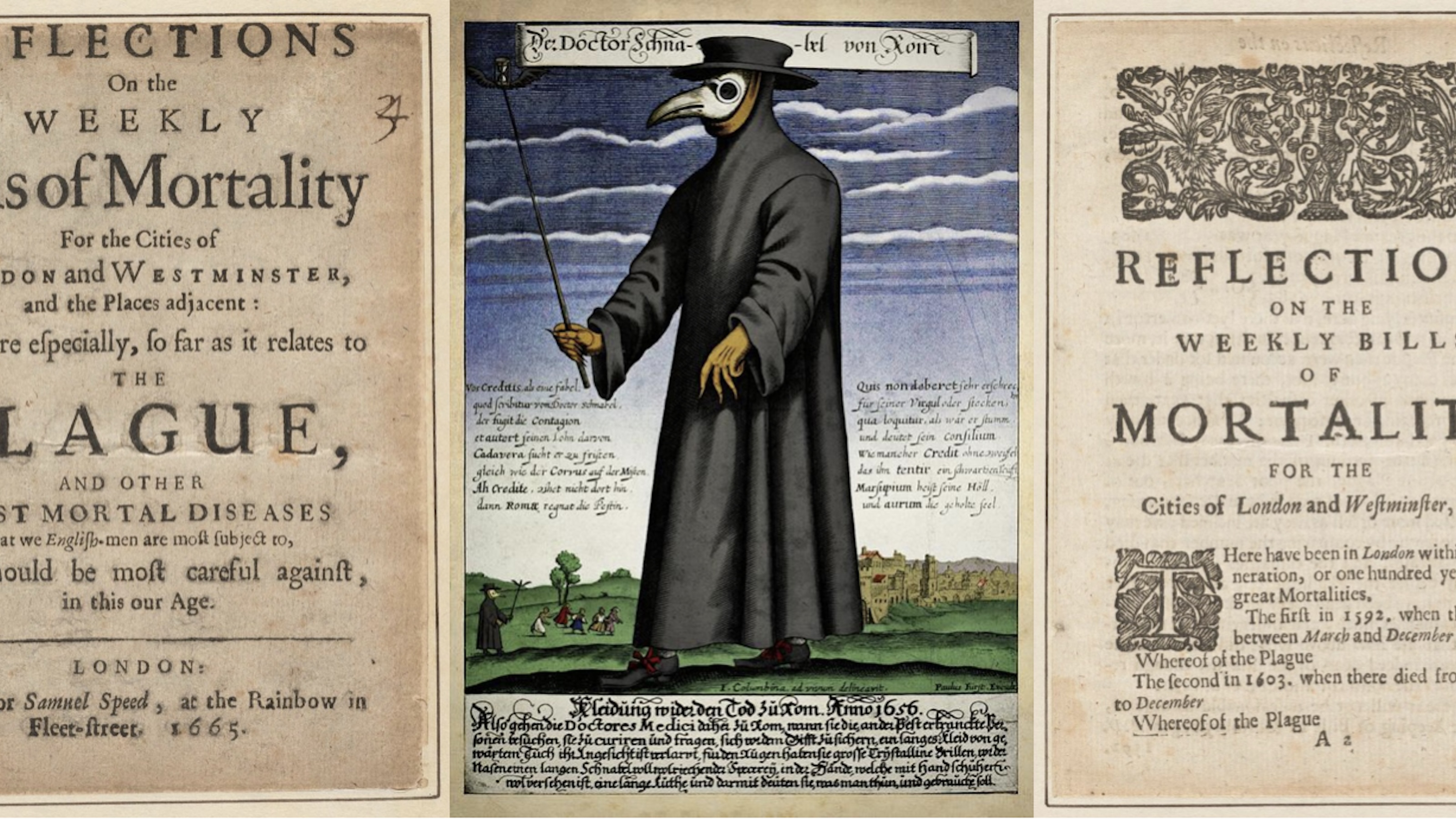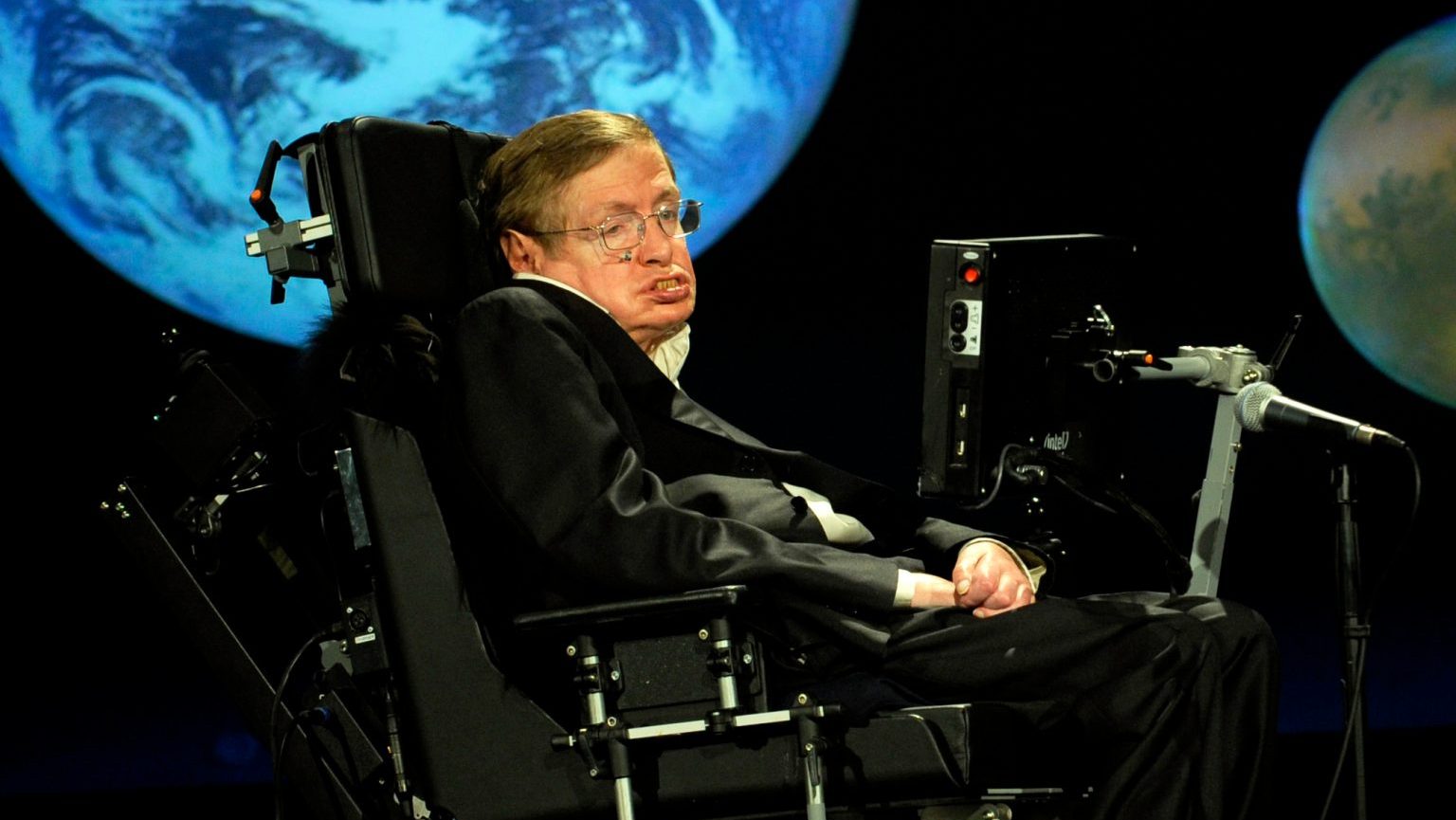‘Cockeyed’ map shows both glamour and margins of 1930s Hollywood

Credit: Public domain, via David Rumsey Map Collection.
- Maps are the safest way to travel during the pandemic – old maps even allow for time travel.
- This 1930s view of Hollywood captures the film factories of Los Angeles in their Golden Age.
- But it’s not all glitz and glamour: look to the margins for the hard work done by immigrants.

Dancer and actress Ginger Rogers on horseback in Hollywood, 1937. Perhaps her galloping around town is why there are so many horses on this map. Credit: Keystone Features/Hulton Archive/Getty Images
If maps allow our imagination to travel without care or trouble, then maps of the past do one better: they are time machines into a different era. And pictorial maps, which offer the perspective and subjective detail that mere road maps or city plans don’t, add a bit of couleur locale as extra seasoning. Like this one, of Hollywood in its Golden Age.
The humming of 1930s Hollywood street life almost bursts off the page – this is the age of the talkies, after all.
A vignette straddling Beverly and Vine sets the scene: A slightly cockeyed map of that slightly cockeyed community, Hollywood, executed by that slightly cockeyed topographer … John Groth.

A ‘cockeyed’ view of Golden-Age Hollywood.Credit: Public domain, via David Rumsey Map Collection.
Chicago native Groth (1908-1988) was a cartoonist who became art director of Esquire in his twenties. He would go on to have a brilliant career as a war artist for the Chicago Sun. In 1944, he rode the first Allied jeep into newly liberated Paris. If he’d be any closer to the front, “he would have had to have sat in the Kraut’s lap,” joked Ernest Hemingway.
After WWII, he reported from Korea, the Belgian Congo, and Vietnam, among other places. But back in 1937, when he produced this map of Hollywood for Stage magazine, that was all still in the future.

Century-appropriate Fox. Credit: Public domain, via David Rumsey Map Collection.
The 1930s was a time when Hollywood was dominated by the old studio system. Old? That’s relative. To be fair, many of their names still sound familiar today.
- There’s 20th Century Fox, on Pico Boulevard, right next to the West Side Tennis Club.
- Just to the south is MGM, near Venice Boulevard. In between: a fair bit of golfing. And, inexplicably, a Bedouin leading a camel down the boulevard.
- Paramount can be found on the corner of Western Avenue and Santa Monica Boulevard. Right next door are RKO and NBC. And right across Santa Monica Boulevard is Columbia.
- Further down Santa Monica, there’s United Artists, a more elaborate operation than Chaplin Studio, right across the street.
- To the north, on the other side of the Beverly Hills, there’s the gigantic Universal Studios on Cahuenga Boulevard. It’s big enough to contain an entire village – and attract a herd of elephants, coming down the Santa Monica Mountains.
- Warner Brothers is also on the other side of the mountains – Mount Hollywood, as it so happens; no mention of the HOLLYWOODLAND sign (the LAND was dropped in 1949). It’s also gigantic: they’re filming a sea battle in the back lot. Astride the roof is a Warner Brothers ‘g-man’: a reference to movie detectives, or to the studio’s real-life enforcers?

Fine dining options available, but perhaps not if you’re a Mexican immigrant. Credit: Public domain, via David Rumsey Map Collection.
If you liked fine dining, there were worse places to be than Golden-Age Hollywood.
- Halfway between 20th Century Fox and United Artists, there’s the chefs of the Victor Hugo and the Beverly Wilshire, competing for your attention.
- In the 1930s, Lamaze was a fancy Hollywood restaurant, not a child-birthing technique; right next door were the Trocadero and the Clover Club – all pretty close to the Hollywood Bowl. By the look on his face, the chef at the Lamaze may be going over to the Clover when his shift is over.
- Other restaurants of note: Perinos, at Wilshire and Western; Levy’s, at Santa Monica and Vine; and Lucey’s, on Melrose.
- Sprinkled across town were Brown Derby restaurants. Named after the first of the chain, which opened on Wilshire Boulevard in 1926 and was shaped like a semicircular derby hat, the restaurants were a fixture of Golden-Age Hollywood.

Warner Brothers is organising a sea battle in the back lot.Credit: Public domain, via David Rumsey Map Collection.
Even outside the glamour of the studios and the high life of fine dining, Hollywood is portrayed as a city of leisure and entertainment.
- People in bathing suits are diving into the Pacific along the coast-hugging Speedway, from Malibu via the Bel Air Beach Club and Santa Monica all the way down to Santa Catalina island.
- Masses of cyclists–yes, cyclists–are cruising down the city’s boulevards and avenues. Could Thirties LA have been a cycling paradise?
- But then what’s with all the horses, not just polo-playing outside of town, but also racing through the center – their riders showing off with their hats in one hand? Surely, this can’t have been a common sight.
- Buses overflowing with tourists are driving around town, perhaps already then being shown the homes of the stars.
- Perhaps a star has been spotted near the Carthay; that would explain the rush of onlookers.

Chinese laborers digging away behind the back of a movie director. Credit: Public domain, via David Rumsey Map Collection.
In the northeast corner, the Santa Anita racetrack is giving punters a run for their money – literally. Closer by, Mickey Mouse waves to passers-by from his home on Riverside Drive, not far from a well spouting oil. Huge crowds gather at the American Legion stadium in the center. Elegant ladies and gentlemen striding around town complete the picture of a city as elegant and attractive as any in the world.
Yet Groth wouldn’t be a perceptive–or ‘cockeyed’–observer if he didn’t also look beyond the glamour. Check the bottom right for a Native American couple and their child making their way into Hollywood, looking for opportunity. Two streets down, a Mexican immigrant is doing the same, his donkey laden with wares he will be hoping to sell. And on the corner of La Brea and Venice, Chinese laborers are moving earth right behind the back of a movie director, seated in the classic folding chair, loudspeaker in hand.
All these figures are placed near the edge of the map, a textbook demonstration of what it means to be ‘marginal’.
Map in the public domain; found here at the David Rumsey Map Collection.
Strange Maps #1070
Got a strange map? Let me know at [email protected].





